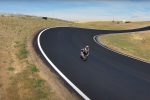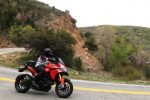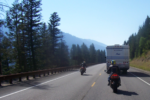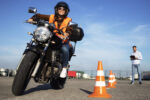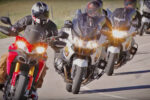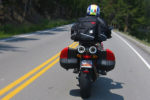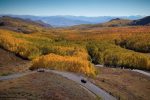Vision is, without a doubt, the most critical piece of becoming a proficient rider. I’m sure that all of you have heard, keep your eyes up. But that phrase is a huge oversimplification of an incredibly complex process. Vision is all about actively searching for all the clues, cues and references that can help us pilot our motorcycle as effectively as we can. It is that super-secret technique to becoming a great rider.
But first, let’s talk a little bit about how our eyes work. We all know that, just like a camera, light comes into our eye and hits light-sensitive cells on the back of our eye, where a camera would have film or a sensor. But, just like a spoon, the image that gets projected onto the back of our eye is actually upside-down. Our brain actually flips the image over for us, translating the way our eyes capture that information.
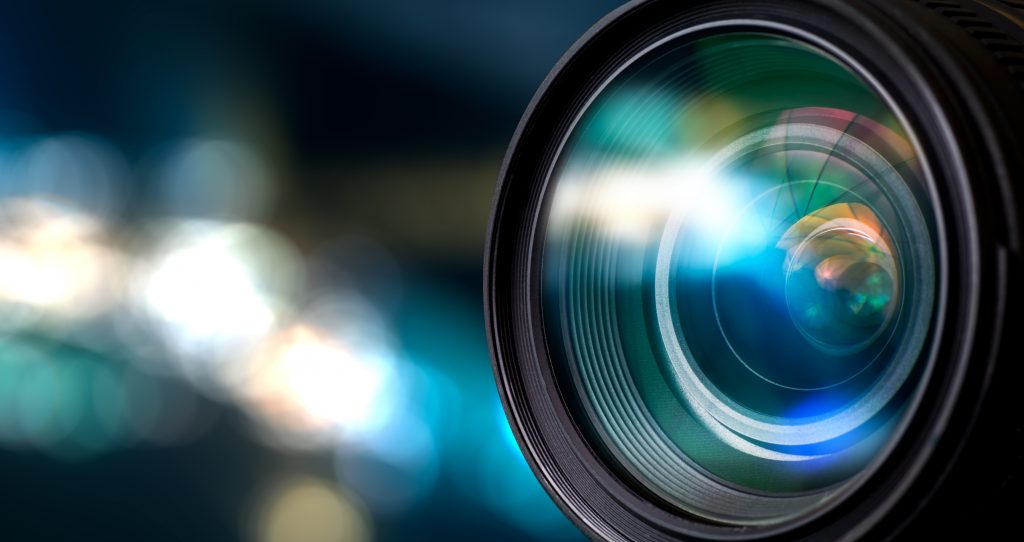
Next, we have rods and cones across the back of our eye. In simplest terms, cones capture color and detail and they are most densely packed around the middle, The rods capture light and are more densely located further out. This tells us two key things. First, it explains why, when it’s low light, we mostly see without color. It also explains why it’s hard to see a faint star until we don’t look directly at it.
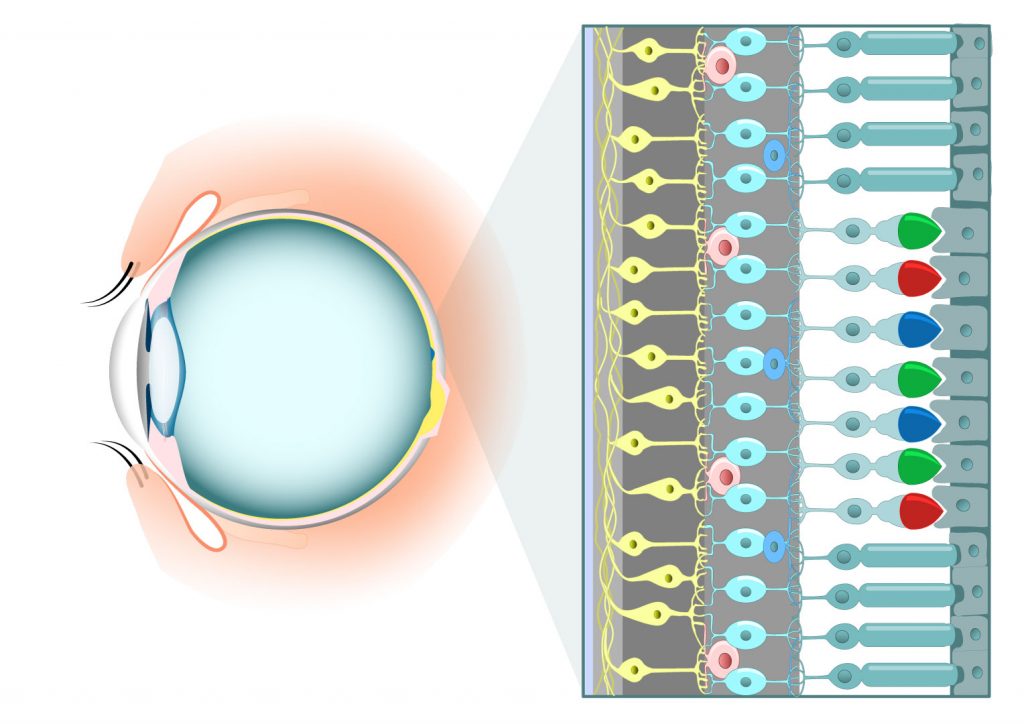
But even more relevant to us, it explains how we really only get clear detail in the center of our field of view. The further away from the center, the fewer details our eyes capture.
Additionally, we all have a blind spot where the optic nerve connects to the back of our eye. And finally, our eyes are really good at detecting movement. Something about thousands of years of catching prey and evading predators.
Now, we can trick and fool our eyes and there are entire websites dedicated to optical illusions. Patterns that appear to jitter, static leaves that appear to move, grey images that appear to have color. But what if we took this knowledge of how our eyes worked and used it for good instead of evil.
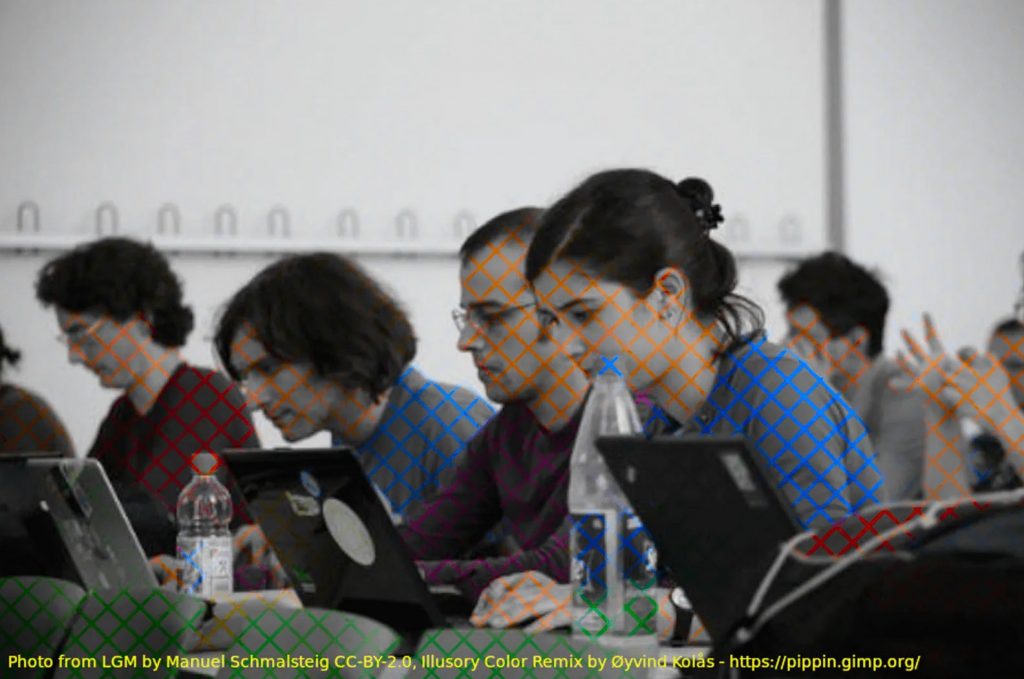
You see, our brain is an amazing thing. Our brain takes in all that upside down information, fills in all the gaps from blind-spots, any lack of color, even any lack of detail and creates as complete of a picture as it can. Our brain can even “zoom in” on something small or in the distance to allow us to get a little more information.
So, have you ever noticed how when you are reading a book or watching a movie, everything in the periphery just kinda’ disappears. This is pretty much what happens when we get scared and fixate on that thing that is scaring us. Like that pothole or rock in the middle of a corner, or that guardrail, or a street-sign. When we focus on that single thing, all that other information disappears – just like when watching a movie.

Another problem is that our eyes will continue to center in our eye sockets, this is why, we as riders, need to actively be pointing our chin at what we want to see. This means that while we are riding our head should be constantly moving, pointing our chins, pointing our eyes at everything to give our brains as complete of a picture as possible.
See Everything. Look at Nothing.
We want to actively point our chin at all the things that matter if they matter or even if they might matter. We need to be actively scanning for everything without ever fixating on a single thing.
See Everything. Look at Nothing.
See the road surface, but don’t focus on it. See the car coming the other way, but don’t stare directly at it. See the pebbles on the side of the road, but don’t obsess over them. See the guardrail, fixate on it. Check out those tar-snakes (we call ‘em Gummy Worms), but don’t obsess over them.
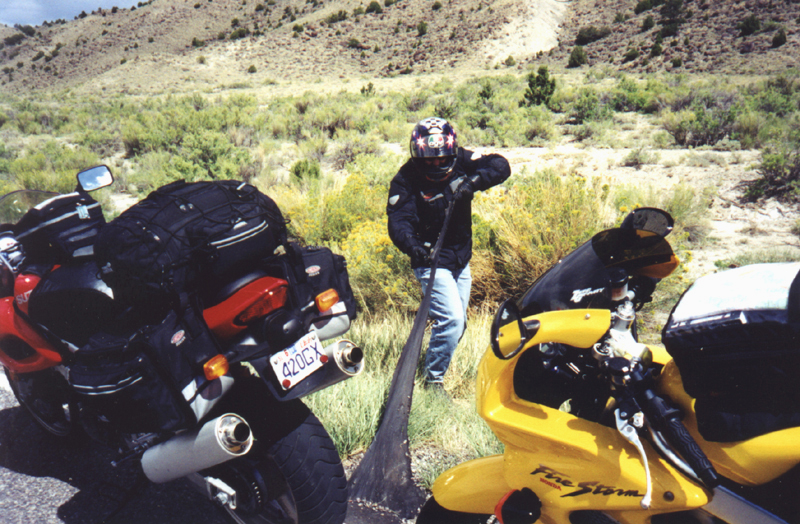
See Everything. Look at Nothing.
So the next time you go for a ride. This is what I’d like you to do. Keep this phrase prattling around in your head. See Everything. Look at Nothing. Actively look for everything that might pose a risk, and as soon as you spot it, actively look for the next thing that might pose a risk. Play this game with yourself and see how soon you can spot the risk. Look out as far as you can to try to spot those potential risks as soon as you possibly can. That way it’s not just “keep your eyes up” or “look ahead” you actually have strategy.
By actively scanning like this, we are giving our brain a ton more information to assemble that complete picture of all our surroundings. By actively scanning for those potential risks as soon as we can, we will have a greater visual lead – meaning we will be, visually and mentally, further ahead of the motorcycle. Our sense of speed will be lower, our anxiety will be lower and we’ll have more time to develop a plan for, and to deal with all the factors we have to account for as riders.
